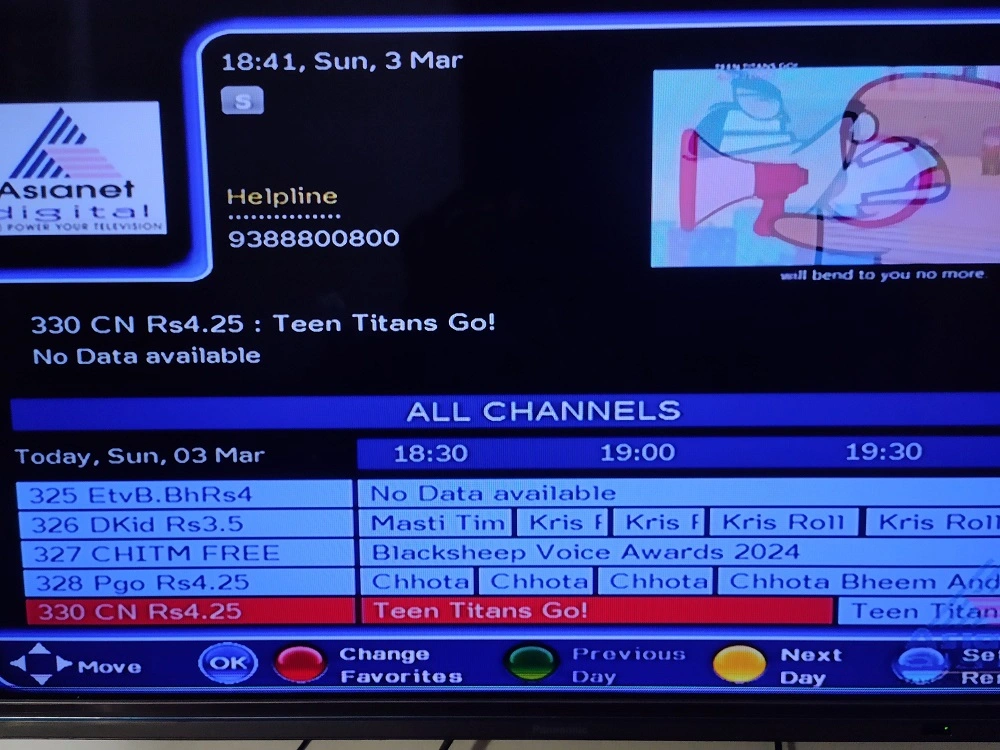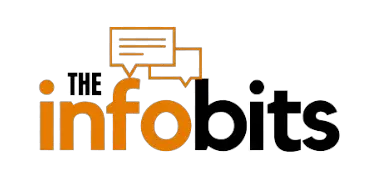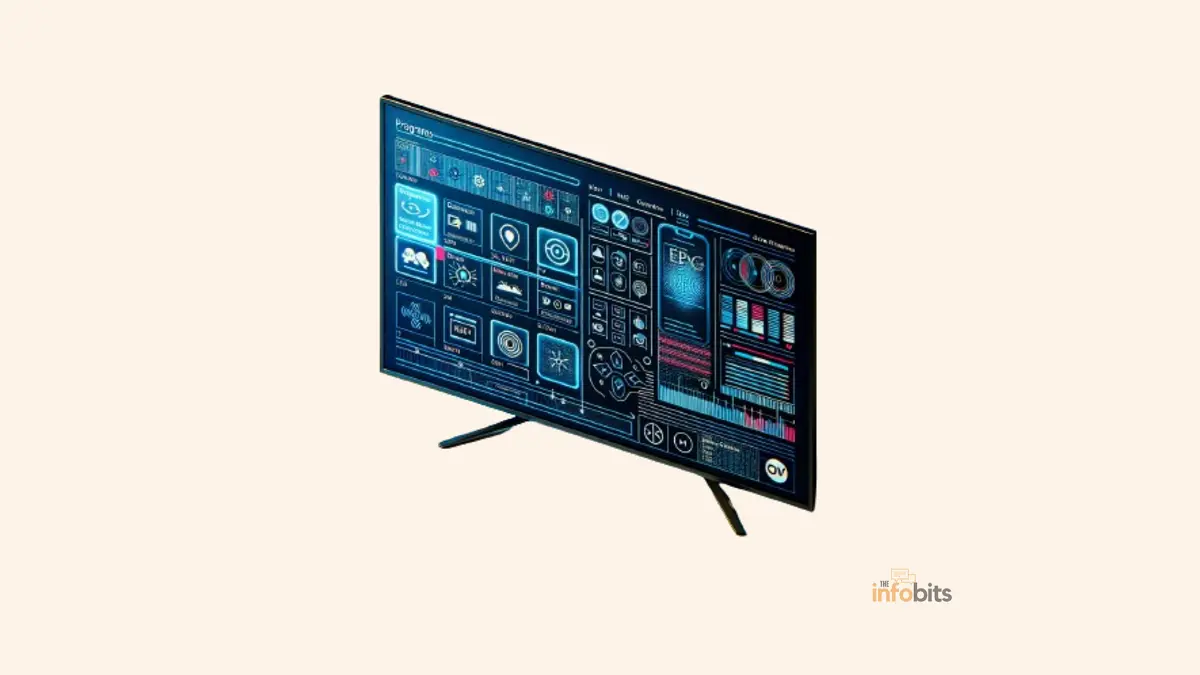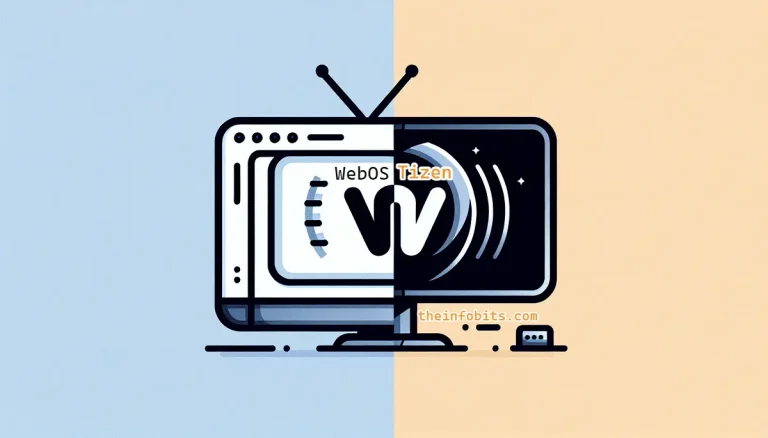What Is an EPG and How Does It Work?
As digital technology continues to transform how we consume television and media, the Electronic Program Guide (EPG) becomes increasingly important.
An EPG is a digital directory that shows viewers an on-screen list of available channels and programming schedules.
Its primary function is to improve the user experience by making it easier to select and manage content across the vast landscape of digital media.
This article will look at the basics of EPGs, how they work, the benefits they offer, the various types, and future directions in the field.
Definition of Electronic Program Guide (EPG)
Origin of EPG
The concept of an Electronic Program Guide originated with the introduction of digital television.
As the number of channel options grew from a few to hundreds, it became clear that a system to manage this complexity was required.
The EPG was created to address this issue, changing the way viewers interact with their televisions by replacing paper-based TV guides and channel surfing.
Initially simple in design, EPGs have evolved to provide more than just scheduling information, incorporating additional functionalities to meet the needs of the digital consumer.
The initial iterations were frequently text-based and provided basic functionality, but as technology advanced, so did the EPG.
Today’s electronic program guides are graphical, highly interactive, and frequently linked to other digital services, demonstrating the evolution from simple channel listings to comprehensive media control centers.
What does an EPG look like?
An EPG typically displays a grid-format schedule that includes time slots and channel information.
It allows viewers to browse channels and times to find current and upcoming programming. The EPG layout is intended to provide immediate access to program information such as titles, start and end times, episode details, and genres.

Some EPGs also include supplementary content such as show synopses, cast information, and ratings or recommendations based on viewer preferences.
Modern EPGs have a graphical interface that frequently includes images or video clips from the programs.
This visual enhancement not only improves the aesthetics but also makes it easier for users to find and select their preferred content.
A well-designed EPG significantly improves the user experience, encouraging longer viewing sessions and increased user engagement with the television service.
How Do EPGs Function?
Acquiring Programming Information
The data that populates the EPG is not generated by the guide but rather obtained from a variety of external sources.
This information could come directly from broadcasters, third-party data providers, or networks that have an interest in making their content discoverable and accessible.
The EPG system collects this data and updates its listings regularly to ensure that viewers have access to the most up-to-date programming information.
To ensure compatibility and reliability, several standards and protocols govern the transmission and reception of programming data.
Some systems use the internet to obtain updates, whereas others may receive the data over the air alongside the television signal.
The goal is to always provide the EPG with up-to-date and accurate program information to effectively serve the viewer.
Displaying Programming Information
The EPG’s primary function is to organize and display programming information in an understandable format.
This is typically accomplished using the aforementioned grid view, but it may also include other formats such as list views or channel-specific overlays.
An EPG’s design is critical; not only must it present a large amount of data in a condensed format, but it must also be simple enough for viewers to use without frustration.
Personalization is another important feature in modern EPGs, which may customize the display based on a user’s watching habits or preferences.
For example, select programs or channels may be pointed out, and showing recommendations based on previous viewing habits can also improve the experience.
Interaction with Viewer Selections
EPGs are not just passive listings; they are interactive tools that allow users to interact with the content.
Users may watch shows right now, record them using a digital video recorder (DVR), or create reminders. This interaction is critical because it elevates the EPG from a basic reference to a necessary component of the home entertainment experience.
Some EPGs provide extra services like pay-per-view or video-on-demand.
This level of integration guarantees that consumers have a single location from which to control all of their television-related activities, confirming the EPG’s prominent role in the digital media ecosystem.
Advantages of Using an EPG
Efficiency and Convenience
EPGs provide unparalleled convenience. They save viewers time by consolidating all of the required programming information in one location, reducing the need to surf among channels randomly.
Furthermore, the EPG’s search capability enables users to rapidly identify programs or discover new content that is relevant to their interests.
With capabilities such as recording, reminder setup, and personalization, EPGs provide efficiency that traditional channel browsing or paper TV guides do not.
These guidelines are constantly updated, ensuring that viewers are aware of any last-minute scheduling changes and may arrange their viewing appropriately.
Enhanced Viewer Navigation
EPGs improve the TV viewing experience by making it easier to navigate through large volumes of programming.
They do it in a visually beautiful and user-friendly manner, demonstrating the value of effective user interface design on current consumer devices.
An EPG allows viewers to find the shows they wish to watch while also discovering similar information that may be of interest to them.
To accommodate a wide range of viewer tastes, EPGs sometimes include tools that allow for interface changes, such as altering the color theme, tweaking the grid arrangement, or filtering the shows presented.
This adaptability means that the EPG can serve a diverse audience while still offering personalized service.
Advanced Features of EPGs
Many EPGs now provide complex capabilities that extend well beyond basic program listings. Some can interact with streaming services, provide suggestions based on advanced algorithms, and even offer parental controls to prevent inappropriate content for children.
These capabilities make EPGs a useful tool for navigating the modern media landscape.
Some EPGs have social media integration, allowing users to share what they are watching or intend to watch with friends and see what is popular in their network.
This social feature appeals to the modern viewer’s need to connect and share experiences, hence increasing the value of the EPG.
Different Types of EPGs
Grid Guide EPGs
Grid guides are the most common form of EPG. It displays information in a tabular style, with time slots at the top and channels displayed vertically.
This style is popular for its clarity and ease of use, which allows users to understand the timetable at a glance.
The grid guide style is especially well-suited to linear television when stations follow a predetermined schedule of programming.
Although this style of EPG is frequently used, it has grown to incorporate interactive features such as the ability to click over to more extensive program information or schedule recordings directly from the guide.
Video On-Demand EPGs
As video-on-demand (VOD) services became more popular, EPGs evolved to suit this method of content distribution.
VOD EPGs often offer a list of available titles, which are commonly organized by genre, popularity, or new releases. These guides are more browse-centric because the information does not follow a set timetable.
VOD EPGs provide viewers with access to a variety of content that can be seen at any time, making these guides a crucial element of their VOD experience. They may also contain tailored suggestions and the opportunity to continue watching where the user left off.
Interactive EPGs
Interactive EPGs enhance the fundamental functionality of grid guides and VOD listings by adding levels of interaction.
These might include internet connectivity to access larger content libraries, interaction with smart home devices, or voice control features.
Interactive EPGs frequently eliminate the distinction between traditional television and digital media, resulting in a seamless entertainment experience.
These guides may also learn from user behavior and alter dynamically to offer a more personalized and relevant viewing experience.
With each contact, they improve their ability to recommend content and anticipate viewer preferences, transforming them into a dynamic companion for content consumption.
The Future of EPGs
Trends in EPG Design
EPGs continue to evolve, with design trends highlighting simplicity, customization, and integration.
The interface designs are getting sleeker and more straightforward, with less clutter to promote information discovery.
Personalization is a prominent trend, with EPGs using viewer data to personalize surfing experiences to specific interests.
Another important development is the integration of EPGs into numerous devices and platforms. As consumers watch programming on numerous displays, EPGs are evolving to give a consistent experience across TVs, smartphones, tablets, and PCs.
Innovations in EPG Functionality
EPG functionality developments focus on making content finding as smart and simple as feasible.
This includes improving search capabilities through voice recognition and natural language processing, as well as increasing recommendation engines that use artificial intelligence to forecast what viewers would want to see next.
The incorporation of social elements and real-time engagement is also increasing. This means that EPGs will impact how and with whom we watch, in addition to determining what we watch.
As technology advances, EPGs will continue to push the boundaries of how we engage with our content-rich media environment.
Summary
To summarize, the Electronic Program Guide has evolved from a digital reproduction of a paper TV schedule to an important interactive tool that enhances the viewer’s experience.
It enables quick navigation across a continually increasing world of content, making media consumption more personal, convenient, and pleasant.
As technology evolves, so will the capabilities and features of EPGs, ensuring their place at the forefront of digital media experiences.
The future of EPGs is expected to offer even more integration and intelligence, changing the way consumers interact with television and video content for years to come.
Please share this article with your friends and relatives if you find it useful.
We also ask that you bookmark this page for future reference, as we are constantly updating our articles with new information.
Sign up for our free newsletter as well to receive fresh information immediately in your inbox and keep technically up to date.







